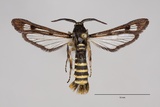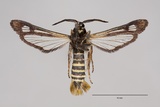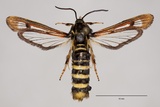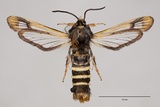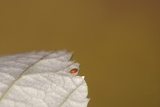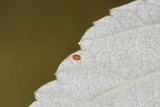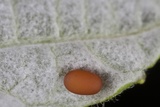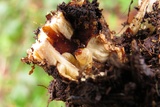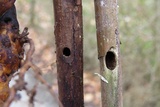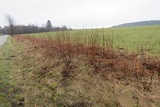Pennisetia hylaeiformis (Laspeyres, 1801) Species
Last modified: Nov. 21, 2025, 6:12 p.m.
P. hylaeiformis is a common species in most areas of Belgium. In some favourable biotopes the population density may even be extremely high.
This species is considered Least Concern according to the IUCN Red List category for Flanders 2023.
Details
- Classification
- Family: Sesiidae > Subfamily: Tinthiinae > Tribus: Pennisetiini > Genus: Pennisetia > Species: Pennisetia hylaeiformis
- Vernacular names
- Frambozenwespvlinder (NL), Raspberry Clearwing (EN), Sésie du framboisier (FR), Himbeer-Glasflügler (DE)
- First mention in Belgium
- De Sélys-Longchamps E. 1837. Catalogue des Lépidoptères ou Papillons de la Belgique, précédé du tableau des Libellulines de ce pays. — — : 1–29. On page 21 (as Sesia Hyloeformis [sic]). view page
- Status
-
Native
Distribution
Imago
This is a fairly large species (19–30 mm) that is rather recognisable having relatively narrow dark brown forewings. The abdomen has yellow bands on all segments but those closer to the thorax are narrower than those towards the end of the abdomen.
The antennae are strongly feathered (pectinate) in the male. The proboscis is reduced and non-functional.
The males are strongly attracted to the pheromone synthesised for this species, and are best lured in the afternoon although the optimal time span is very weather dependent.
Bionomics
When the young larva hatches from the egg, it moves down towards the root of the plant and feeds in the base of a stem, eventually causing a typical swelling. It subsequently moves into the rootstock and hibernates there. In springtime, the larva continues to feed in the rootstock and starts during that year to gnaw a gallery in a stem. After a second hibernation, the larva gradually completes that shaft and constructs during the summer also the future exit hole at the end of this gallery.
The larva pupates without making a cocoon allowing the pupa to move freely inside the gallery.
Flight periods
The adults fly between mid-July and the end of August, with some observations as late as September.
Observed on
- Host plant (species):
- Rubus idaeus and Rubus fruticosus
The larva bores into the rootstock and the lower parts of the stems of Rubus idaeus (raspberry). Only occasionally also Rubus fruticosus (blackberry) is taken as a host.
